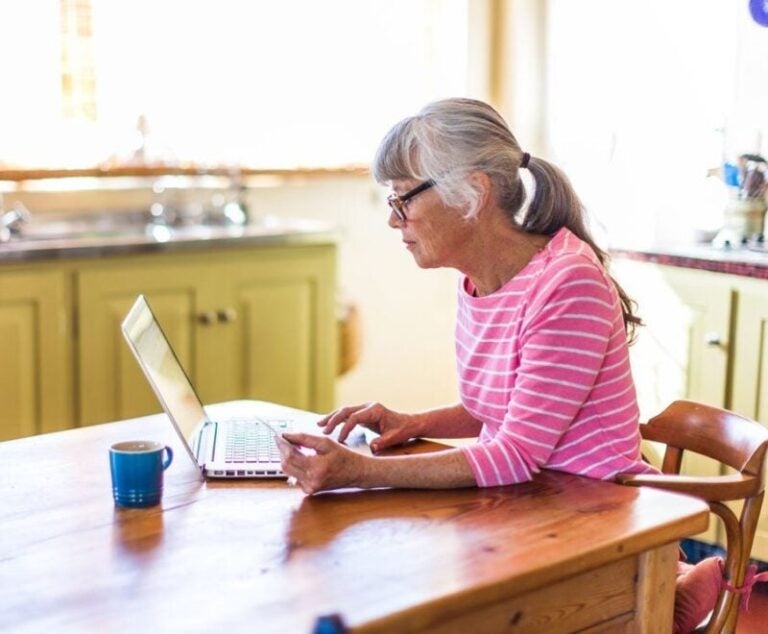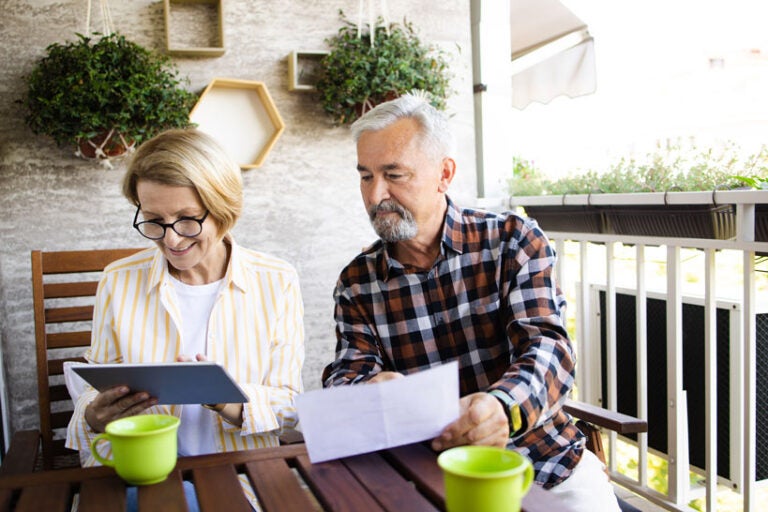There are many misconceptions about reverse mortgage loans and how they work. The fact is a reverse mortgage is a loan that allows senior homeowners to tap into a portion of the equity in their primary residence. The answer to the question, “Who owns your home with a reverse mortgage?” is simple. With a reverse mortgage, the title of the home remains in the borrower’s name.
Proceeds from a reverse mortgage can be used as a down payment on a second home in some cases , or help supplement retirement income to cover monthly expenses. There is virtually no restriction on how the borrower uses their loan proceeds.
Who owns the home?
Taking out a reverse mortgage does not mean that the owner is selling their home or transferring ownership. A reverse mortgage allows borrowers to access a portion of their equity and convert it to cash. It’s a loan with some unique attributes, but the lender does not own the home.
You, as the owner, retain the title on the property and the loan does not need to be repaid as long as you live up to the terms of the loan, which typically include:
- Paying property taxes
- Maintaining the home by keeping up with repairs
- Paying homeowner’s insurance
- Living in the home as your primary residence
If the borrower doesn’t meet these requirements, the loan will be in default and the lender can foreclose on the property if the borrower doesn’t take action to correct the violation, just as with a traditional mortgage.
How does a reverse mortgage work?
A traditional mortgage requires the homeowner to make monthly loan payments to a lender to pay off the debt. With a reverse mortgage, the borrower makes no monthly mortgage payments and has the option to receive monthly payouts from the lender. As the homeowner receives reverse mortgage payouts, their equity in the home declines, and the loan balance increases. Interest, fees and mortgage insurance premiums are also added to the loan balance over time.
A reverse mortgage may make sense for homeowners whose wealth is primarily tied up in their real estate. According to the National Reverse Mortgage Lenders Association, as of late 2022, there was approximately $12.39 trillion in home equity held by homeowners over age 62 who could be eligible for a reverse mortgage.
How is a reverse mortgage loan repaid?
Because a reverse mortgage is a loan, it must also be repaid like any other loan. The loan is due when the borrower sells the home, passes away, or fails to comply with the terms of the reverse mortgage. If the home is sold, the loan is repaid, with the owner or the estate receiving any excess.
If the homeowner dies and the heirs want to keep the home, they can choose to pay off the reverse mortgage themselves. But heirs are never personally liable for the debt. Should the home depreciate, heirs are not responsible for any shortfall. The heirs should contact the servicer as soon as possible to review their options.
In the end, you own your home, and that doesn’t change with a reverse mortgage. You aren’t giving up the deed to your home or your options. What you do with your home, as with your retirement, is up to you as long as you comply with the terms of the loan like maintaining it as your principal residence and paying required insurance and tax payments.



